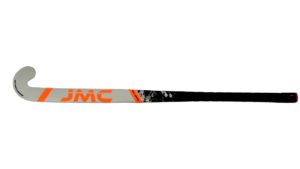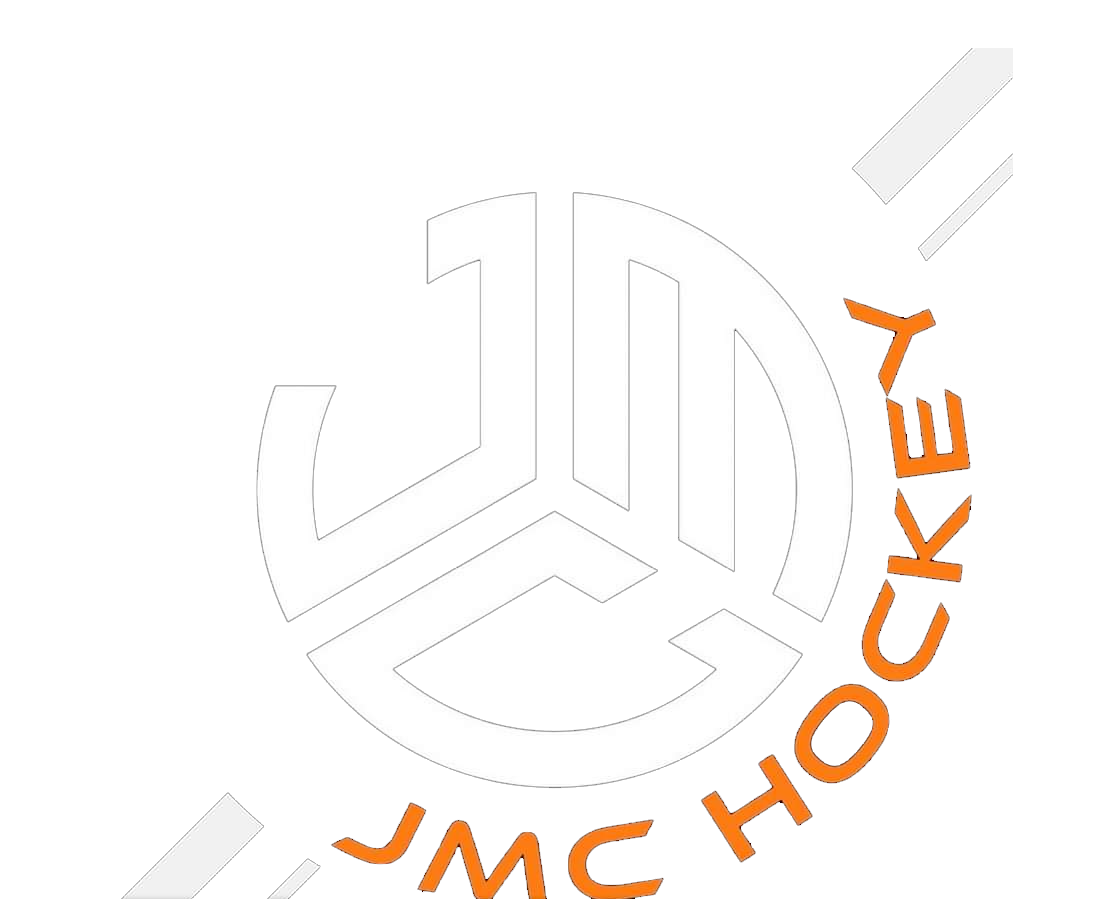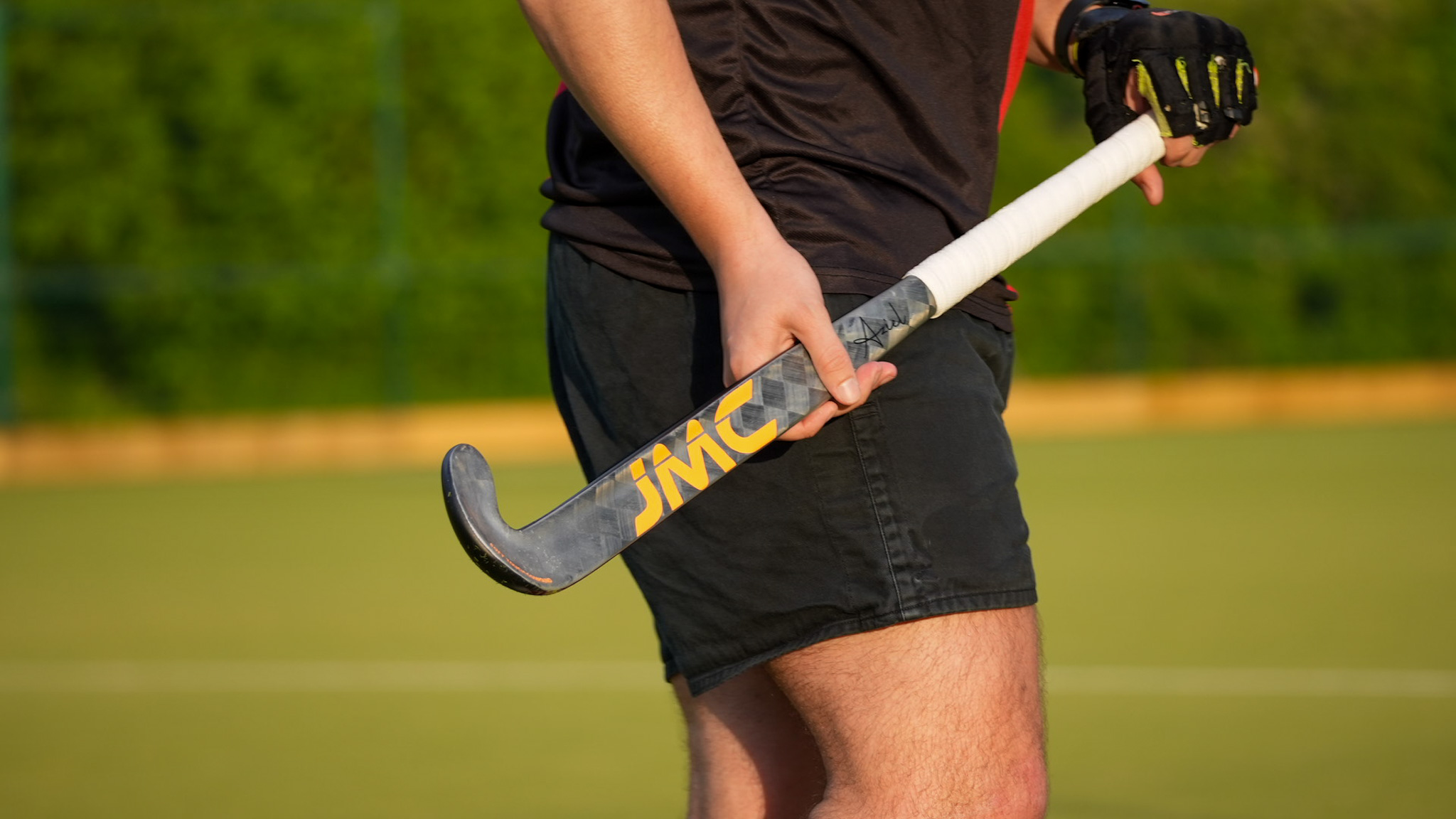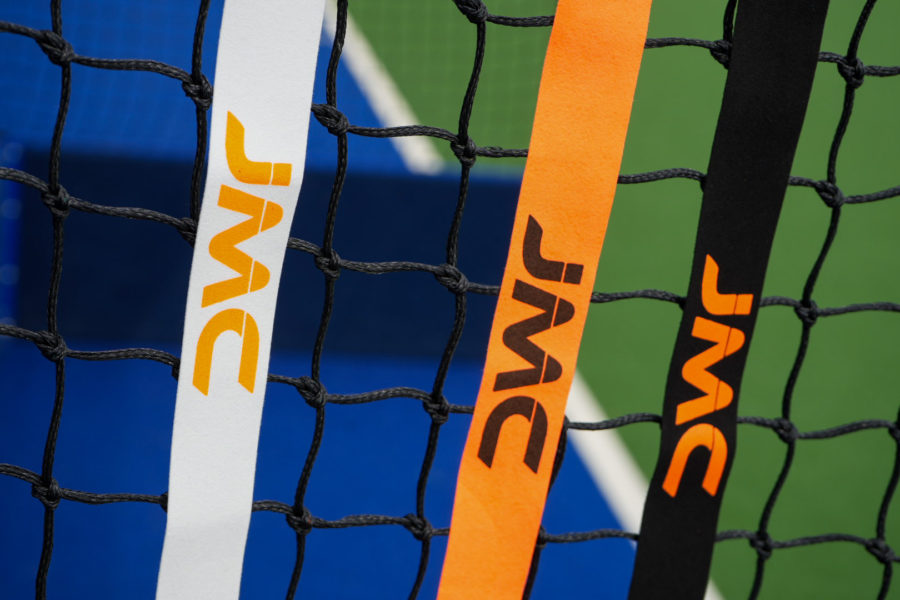Field hockey sticks come in a staggering variety of materials and compositions, and it’s not just about the shape or design. The carbon content is a critical factor that can significantly influence your performance on the field. Choosing the right carbon composite makeup can be a game-changer in your field hockey journey. In this blog, we’ll explore the benefits of various carbons used in field hockey sticks, helping you make an informed choice for your play style.
1. Japanese Carbon: Power and Precision

Japanese carbon is the gold standard in the world of field hockey sticks, and it’s the backbone of many elite sticks, including those offered by our brand, JMC Hockey. Here’s why it’s a game-changer:
· Exceptional Strength: Japanese carbon provides unmatched strength, ensuring your stick can handle powerful shots and passes with ease.
· Lightweight Design: It’s incredibly lightweight, allowing for quick, agile movements on the field.
· Precision Control: Japanese carbon enables precise ball control, making it perfect for dribbling and executing complex manoeuvres.
· Pros: Power, responsiveness, and precision make it a favourite among professional players.
· Cons: Premium quality comes with a higher price tag.
2. Kevlar: Durability and Impact Resistance
Kevlar is another key player in the composite game. It offers:
· Durability: Kevlar reinforcement enhances your stick’s longevity, reducing the need for frequent replacements.
· Impact Resistance: Kevlar can take a hit. It protects your stick from damage, allowing you to focus on your game.
· Pros: Durability and impact resistance are ideal for players who put their sticks through intense gameplay.
· Cons: Kevlar sticks can be slightly heavier and less responsive than full carbon sticks.
3. Aramid: Shock Absorption and Comfort
Aramid is all about shock absorption and comfort:
· Vibration Dampening: Aramid reduces vibrations upon impact, ensuring a comfortable feel during play.
· Precision Ball Control: The shock absorption quality can lead to better control and a smoother touch.
· Pros: A comfortable option for players who value feel and touch in their game.
· Cons: It may not provide the same level of power as a full carbon stick.
4. Fibreglass: Flexibility and Control
Fibreglass strikes a balance between power and flexibility:
· Flexibility: It offers the perfect blend of flexibility, making dribbling and ball handling a breeze.
· Shock Absorption: Fibreglass provides shock absorption, reducing the impact of vibrations during play.
· Pros: A balanced choice for players who appreciate ball control and flexibility.
· Cons: It may lack the sheer power of a full carbon stick.
5. Wood: Traditional Feel and Control

While carbon composites have taken over, wood sticks still have their place:
· Traditional Feel: Wooden sticks provide a classic feel that some players prefer.
· Precision Control: They offer excellent ball control, especially for precise passes and dribbles.
· Pros: A traditional option favoured by some players for its touch and control.
· Cons: Wood sticks are generally heavier and may not deliver the same power as carbon composites.
6. Swedish Carbon (Textreme): Lightweight Strength and Responsiveness
Swedish Carbon, often represented by the brand Textreme, is a relatively newer addition to the field hockey stick game, and it brings its own set of advantages to the table:
· Lightweight Strength: Swedish Carbon is prized for its outstanding strength-to-weight ratio. It combines the power of carbon with an even lighter feel, ensuring that you can deliver powerful shots with ease.
· Responsiveness: This material provides excellent responsiveness, translating your movements into precise ball control. It’s perfect for players who demand quick, agile performance on the field.
· Improved Feel: Swedish Carbon enhances the overall feel of the stick, offering a balanced combination of power and control.
· Pros: Lightweight strength and responsiveness make Swedish Carbon a top choice for players who want power and precision without added weight.
· Cons: Sticks featuring Swedish Carbon can be somewhat more expensive than others.
7. 3K Twill Carbon: Enhanced Control and Aesthetics
3K Twill Carbon is another carbon composite that’s growing in popularity due to its unique properties:
· Enhanced Control: 3K Twill Carbon, with its distinct weaving pattern, provides excellent ball control. It’s favoured by players who value precision and touch.
· Aesthetic Appeal: The weaving pattern adds an attractive look to the stick, making it visually appealing.
· Versatility: This material can be incorporated into the stick’s composition to complement other carbons, allowing for a customised feel and performance.
· Pros: Enhanced control and aesthetics are perfect for players who appreciate both function and form.
· Cons: Sticks with a higher proportion of 3K Twill Carbon might not be as powerful as those with more Japanese Carbon.




